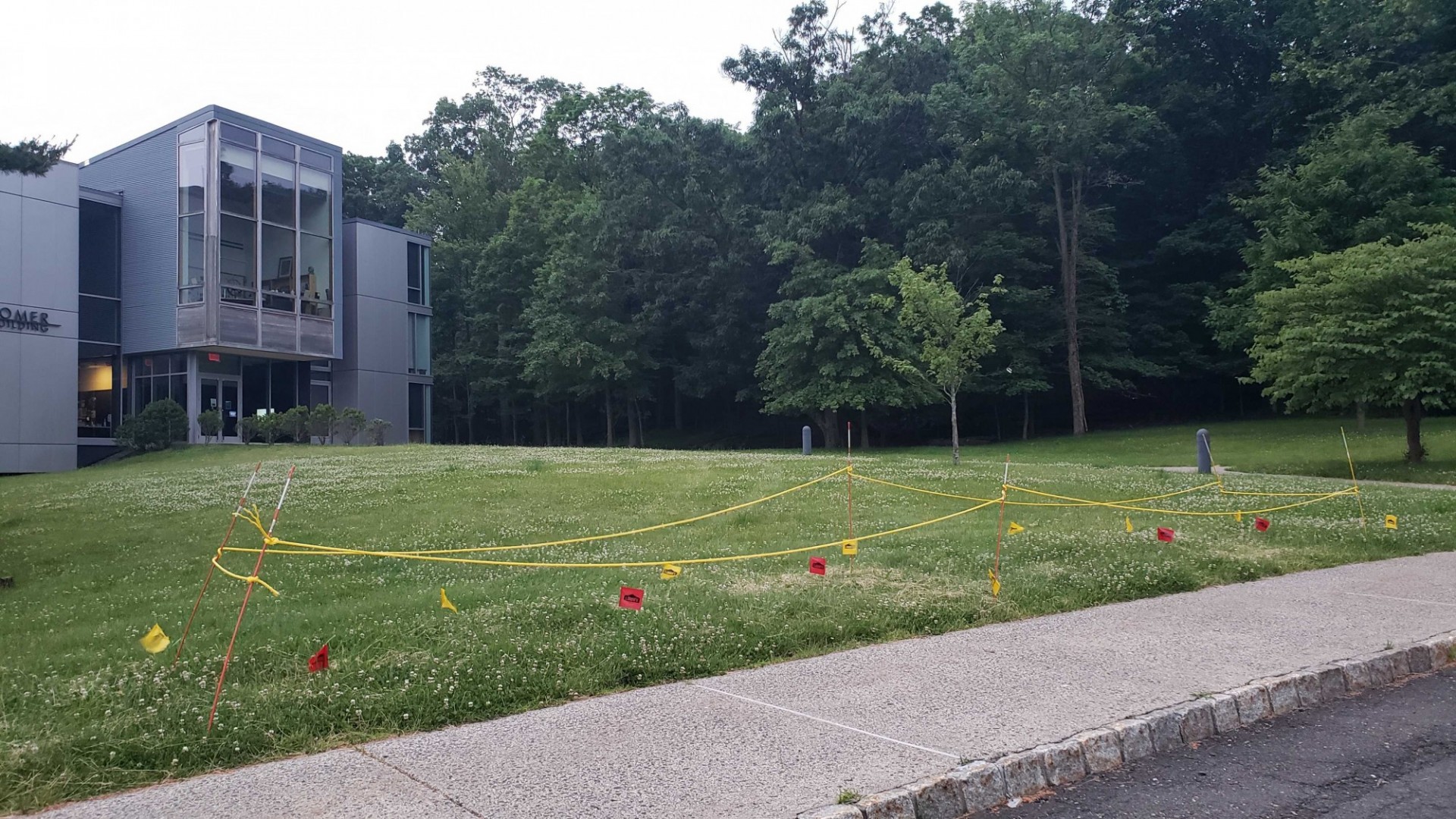Our goal is to quantify the biogenic carbon flux contribution to the total carbon flux for the New York metro area and assess the impact of the vegetation on air quality.

Biogenic carbon emissions
Urban areas comprise only 3% of Earth’s land area, but account for ∼70% of global fossil fuel derived carbon dioxide (CO2) emissions. Many cities have pledged to adopt ambitious climate policies but our knowledge of urban scale total CO2 emissions is highly uncertain. Quantifying CO2 emissions from urban areas now will provide a baseline against which we can assess the effectiveness of policies as they are implemented. Our overarching goal is to understand the link between the CO2 and ozone (O3) cycles by improving our knowledge of the fluxes from biogenic sources in urban areas.
Our proposed observations in the New York Metropolitan Area (NYMA), the most populous urban center in the United States, will allow us to quantify the biogenic contribution of the CO2 and VOC budgets on daily, seasonal and interannual time scales using field observations and model estimates. Until we fully understand the role of the biosphere at mid-latitudes as a summertime carbon sink and source of reactive carbon precursors to air pollution, our confidence will remain limited in projections of the impacts of a warming climate and increased urbanization on atmospheric composition, including urban air quality and public health.
We are measuring the carbon fluxes for urban ecosystems across New York City to address questions such as:
- How do the carbon fluxes of managed lawns differ from unmanaged grasslands?
- How do the carbon fluxes of street trees differ from forests?
- What is the affect of forest fragmentation on the net carbon flux?
We are also measuring isoprene, a Volatile Organic Compound (VOC), that when mixed with NOx pollution (from cars and power plants) in sunlight, can lead to ozone production.
- What is the net isoprene flux from urban tree species across the urban-rural heat and pollution gradient?
- How does that isoprene flux contribute to ozone production in the polluted city atmosphere?
Recent Publications
Our work focuses on measuring carbon dioxide and methane and understanding their sources in urban environments and how greenhouse gas emissions are tied to urban air quality. The change in atmospheric concentrations during the COVID lockdown in 2020 was quite large and we are working to quantify how much is a reduction in emissions vs good weather conditions and what was driving the change. Some recent publications include:
-
Commane, R. and Schiferl, L, Climate mitigation policies for cities must consider air quality impacts. Chem, 8, 1-14, 2022.
-
Tzortziou, M., Kwong, C. F., Goldberg, D., Schiferl, L., Commane, R., Abuhassan, N., Szykman, J., and Valin, L.: Declines and peaks in NO2 pollution during the multiple waves of the COVID-19 pandemic in the New York metropolitan area, Atmos. Chem. Phys., 22, 2399–2417, https://doi.org/10.5194/acp-22-2399-2022, 2022.
Our Team
As part of a NOAA award, we will be "Quantifying the impact of biogenic and anthropogenic fluxes on the atmospheric composition of the New York City Metro Area" with John Mak at Stony Brook University and Andrew Reinmann, City University of New York. Our New York centric project will be further developing our CO2 measurement network and measuring isoprene and ozone precursors and will be completing a series of summer intensives over the next few summers.
The Columbia Team is lead by Postdoctoral Research Dandan Wei and Research Assistant Andrew Hallward-Driemeier. During summer 2022, we are lucky to have a group of intrepid summer students joining us and we will update here with action photos as the summer progresses.